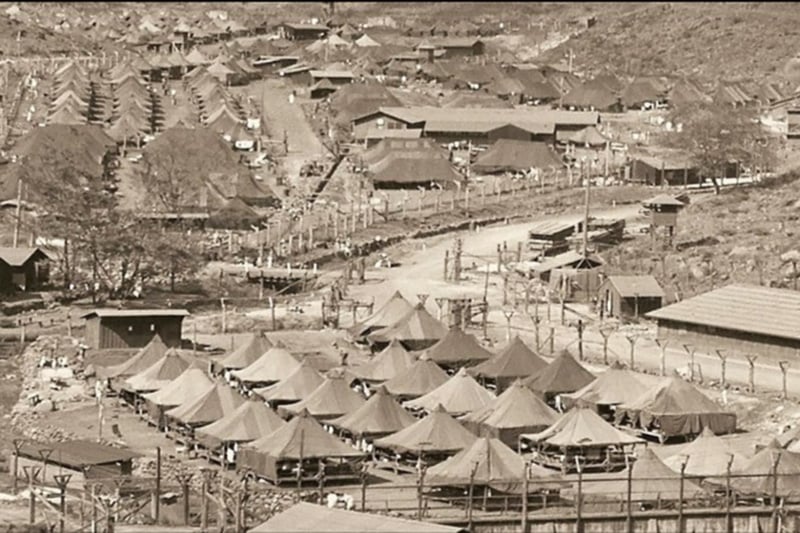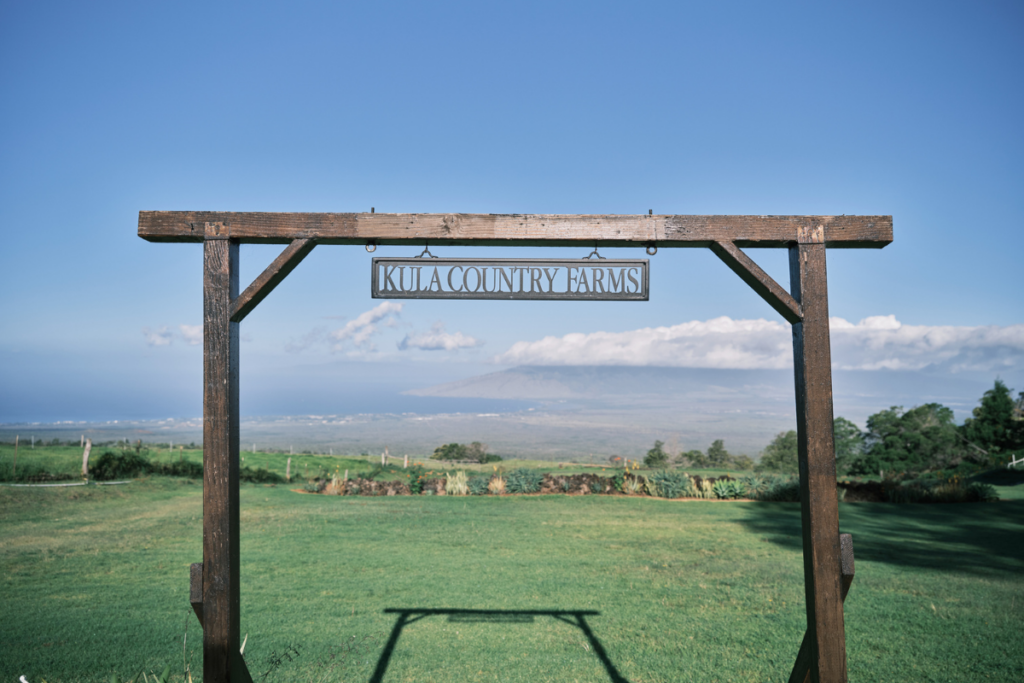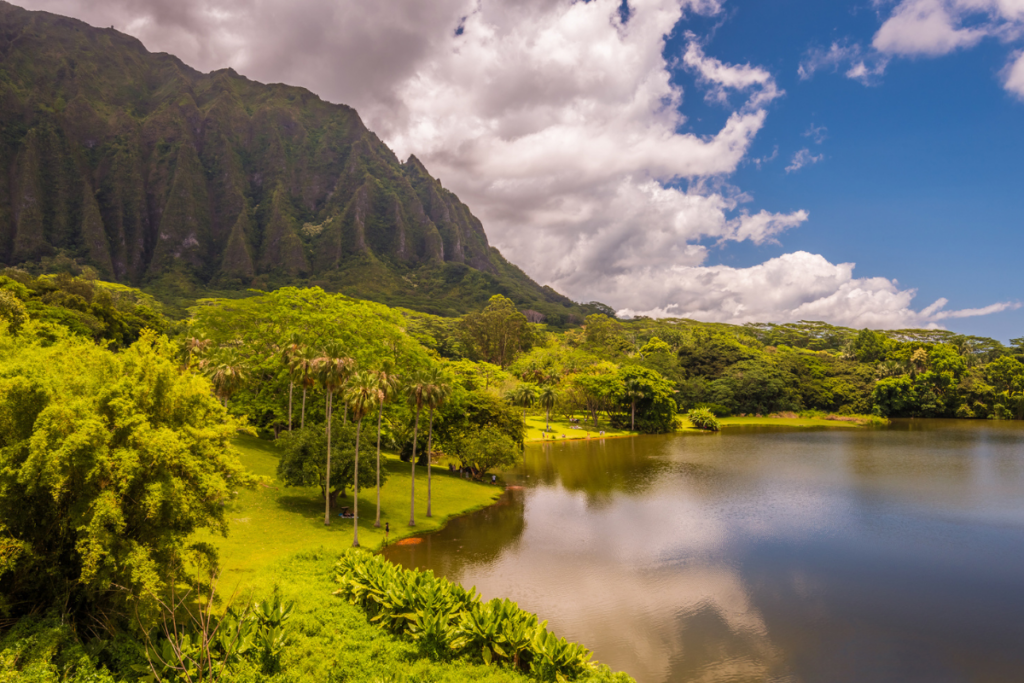Hawaii’s national park system explained
So what exactly are Hawaii’s "national parks,” where are they, and what do all of their different designations mean?

In February 2015, President Obama signed a proclamation bringing Hawaii’s newest national monument into existence. Honouliuli, the site of a former prisoner of war and Japanese internment camp used during WWII, joined seven other Hawaii land units and one trail managed by the National Park Service. The seven land units include two national parks, three national historical parks, one national historic site and a national monument.
So what exactly are Hawaii’s other “national parks,” where are they, and what do all of their different designations mean?
In short, Hawaii’s national park system includes:
• Ala Kahakai National Historic Trail on Hawaii Island
• Haleakala National Park on Maui
• Hawaii Volcanoes National Park on Hawaii Island
• Honouliuli National Monument on Oahu
• World War II Valor in the Pacific National Monument on Oahu
• Kalaupapa National Historical Park on Molokai
• Kaloko-Honokohau National Historical Park on Hawaii Island
• Puuhonua O Honaunau National Historical Park on Hawaii Island
• Puukohola Heiau National Historic Site on Hawaii Island

The breakdown:
NATIONAL HISTORIC TRAILS: The national historic trail designation protects a significant thoroughfare and the surrounding area and can only be named by an act of Congress. Hawaii’s Ala Kahakai (Ala kaha kai means shoreline trail in Hawaiian), spans 175 miles of Hawaii Island coastline from Kohala to Puna and was protected for its geological and cultural significance in 2000. Ala Kahakai is one of only 19 National Historic Trails in the U.S.—some of the more famous trails with this designation include the Oregon National Historic Trail, the Pony Express National Historic Trail and the Trail of Tears National Historic Trail.
NATIONAL PARKS and NATIONAL MONUMENTS: Both national parks and national monuments protect areas of scenic importance as well as the wildlife and historic sites within them. The main difference between the two is how they are created. Congress must pass legislation to designate a national park, but the President can declare areas of federal land new national monuments under the 1906 Antiquities Act.

President Bush declared part of the area around Oahu’s Pearl Harbor part of the World War II Valor in the Pacific National Monument in 2008. The National Monument encompasses several important memorials including those for the USS Arizona, the USS Utah and the USS Oklahoma, but also encompasses four sites outside of Hawaii—in Alaska and California—honoring Americans who served in WWII. For more information on the recently designated Honouliuli, click here.
Hawaii’s two officially designated national parks are among the oldest in the U.S. Originally lumped together into one large “Hawaii National Park” when they were first recognized in 1916, the two parks weren’t given individual recognition until 1961. Haleakala National Park on Maui draws its name from the massive shield volcano that dominates much of Maui, the national park includes the volcano’s summit as well as a coastal area. Hawaii Volcanoes National Park encompasses land on and around two active volcanoes, Mauna Loa and Kilauea, offering the unique opportunity to appreciate how the Hawaiian Islands were created.
NATIONAL HISTORICAL PARKS: Hawaii has three of the country’s 46 National Historical Parks, a category that usually includes a specific and significant cultural site as well as important natural areas within the park’s area. This designation also puts these locations on the National Register of Historic Places. Kalaupapa National Historical Park on Molokai protects the remote site of a former colony for Hansen’s disease patients. The area can only be reached by plane, on foot or by mule, and permits from a private operator are required to enter. Kaloko-Honokohau in the Kona district of Hawaii Island was designated to protect sites of Hawaiian cultural significance including the Honokohau Hawaiian settlement—the Ala Kahakai National Historic Trail runs along its coastal border. Twenty-five miles south along the Kona coast, Puuhonua O Honaunau, also protects important Hawaiian cultural sites. Puuhonua O Honaunau, aka the “Place of Refuge,” was one of several sites throughout the Islands where an early Hawaiian who broke kapu (ancient laws) could remain free from harm.

NATIONAL HISTORIC SITES: The only National Historic Site in Hawaii is Puukohola Heiau, located 30 miles north of Kaloko-Honokohau National Historical Park on Hawaii Island’s western coast. The site was designated in 1966 and protects one of the last major Hawaiian sacrificial temples. Though there is a visitor center and a trail, the temple is a site of reverence and not open to the public.
By no means are Hawaii’s “national parks” the only natural and cultural sites worth visiting in the state. In fact, Hawaii and the Pacific Islands have other federal land (and sea!) designations outside of the National Park Service’s jurisdiction including 18 National Wildlife Refuges run by the U.S. Fish & Wildlife Service and two marine national monuments, run by the National Oceanic and Atmospheric Administration’s National Marine Monument Program.


